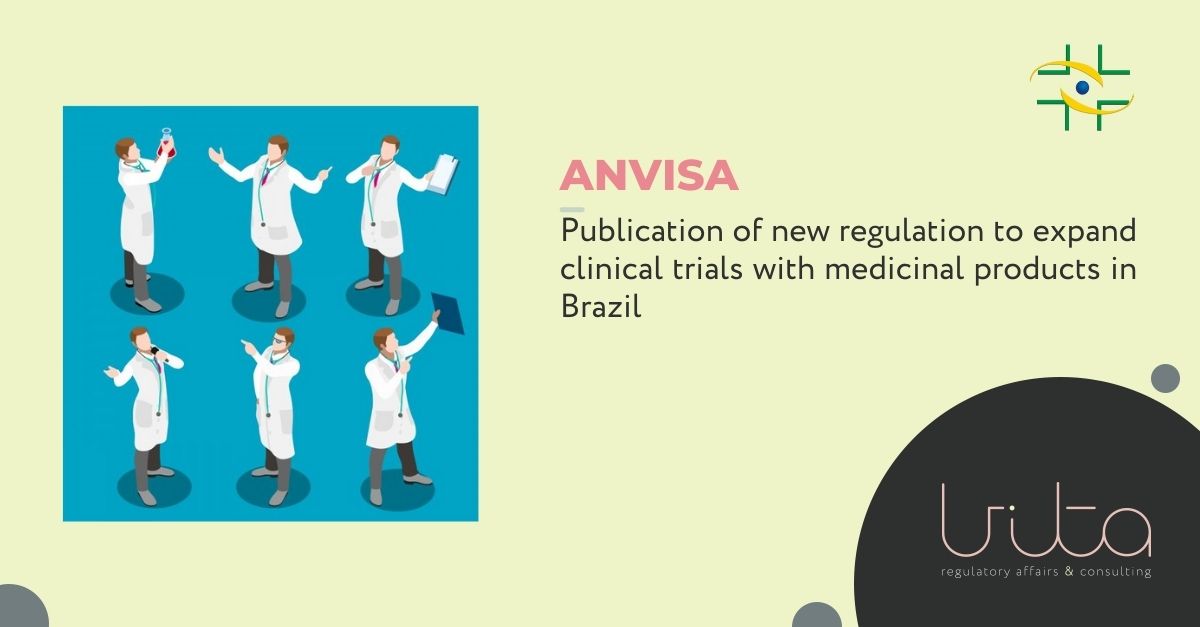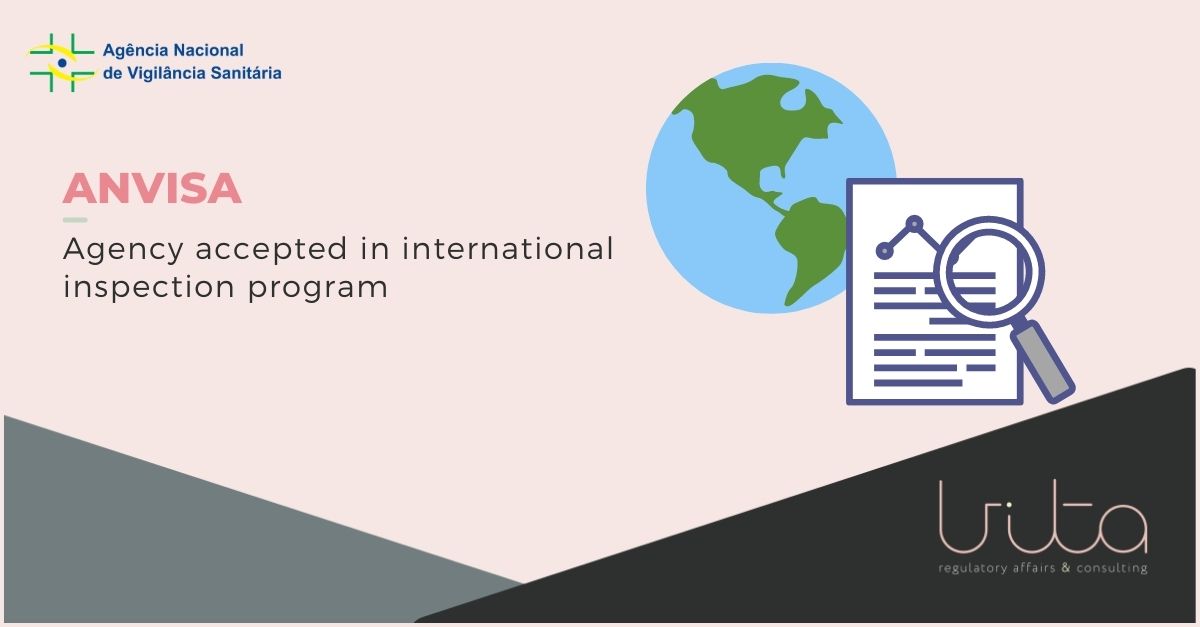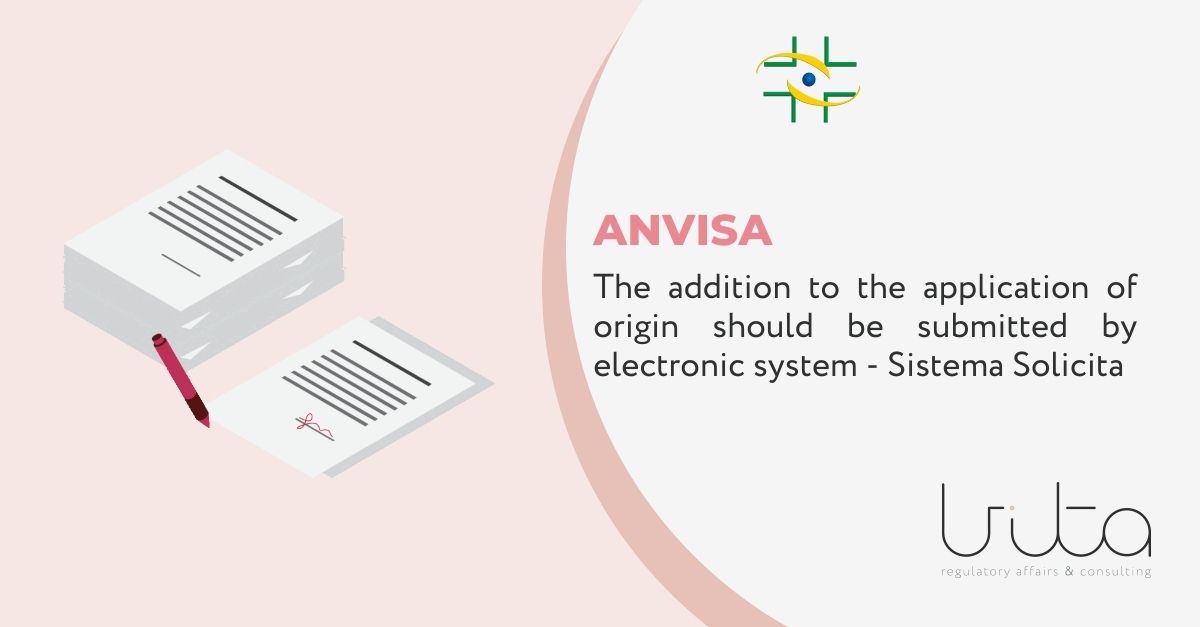ANVISA – Guideline on Remote Inspections
On November 25th, 2021, Anvisa published Guideline No. 54/2021 (version 1) on Remote Inspections.
Due to the Declaration of Emergency in Public Health of International Importance (ESPIN, in the Portuguese acronym) published by the World Health Organization (WHO) on January 30th, 2020, to the scenario for face-to-face inspections became challenging, which has been circumvented by Anvisa in Brazil by means of the publication of Resolution RDC 346/2020.
Since then, Anvisa has implemented new procedures, mechanisms, and tools, among which is the remote inspection, which has been replacing the face-to-face inspection and uses video conferencing and data transmission technologies to verify the Good Manufacturing Practices (GMP) without the need for the presence of inspectors in the production plant.
It is noteworthy that, if considered an efficient and successful system, after the pandemic period, hybrid procedures may be continued (remote and in-person) for the assessment of lower complexity GMP.
Therefore, the new guideline serves as guidance for the regulated sector and inspectors with regards to the identification, selection, scheduling, preparation, conduction, and conclusion of remote inspections.
Refer below to the main points and items brought by the new Guideline:
Identification and Selection of Remote Inspections: it explains factors and procedures for decision for a Remote Inspection
Notification, Preparation, and Prior Meetings: contact should be made via email in order to confirm the company’s availability and technological structure, defining the possibility of prior interactivity assessment. The remote inspection should be scheduled by mutual agreement between Anvisa and the manufacturer within 9 months after the request submission date.
Scheduling of Remote Inspections: it clarifies that, for countries with time zones other than the Brazilian one, there are two different types of interaction: a moment of synchronous interaction (live – minimum availability of 4 hours a day) and a moment of evaluation of the asynchronous documentation. It also reinforces the common agreement to schedule the best date and time between Anvisa and the manufacturer. It is important to point out that the planning of inspection dates must occur in order to comply with all items of the inspection schedule (number of products, production lines, object requests), being, therefore, fully possible to postpone times and dates to effectively comply with the agenda.
Conduction of Remote Inspections: this item contemplates what is expected of the team to be inspected regarding cooperation, transparency, and commitment to resolving connectivity problems that may occur. It is important to mention the obligation for the production lines to be in operation at the time of inspection, as part of the process is the recording of videos to examine the manufacturing facilities, operations, records, and other information. In general, some documents are requested in advance in order to optimize the inspection process.
Completion of Remote Inspections: at the end of the remote inspection, inspectors must propose a final meeting with the manufacturer’s representatives, with the possibility of recording this final meeting. The inspectors present the findings to the manufacturers, making it possible to discuss all items, providing greater support for the inspectors’ final decision. At the end of the inspection process, a copy of the report will be provided to the manufacturer in the official Brazilian language (Portuguese).
Access the full Guideline 54 at: https://bit.ly/31g9IrV
Follow with Vita the news from Health Authorities in Latin America and Europe.




